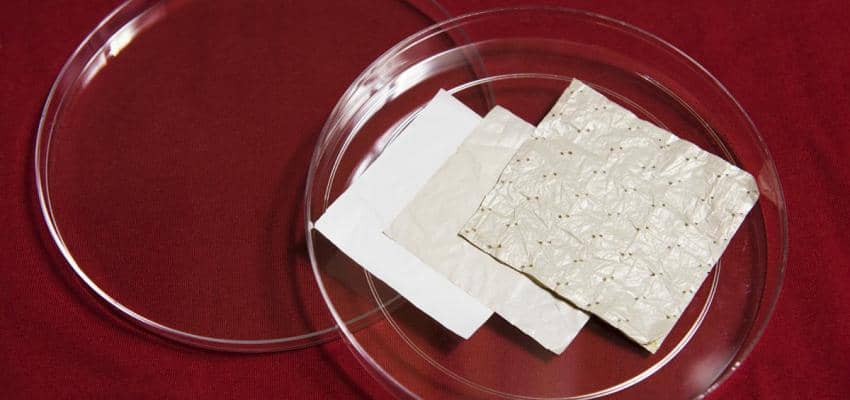Magnetic materials are hard to find, and even more hard to create. Rare in nature, they are also difficult to form in a simulated lab environment. However, a group of researchers from Duke University has found a unique way of creating new magnetic materials by using computer modeling. The models were used to bring down the potential atomic structures of the materials from a whopping 236,115 combinations to just 14, and by using this trial and error method along with the software to predict atom’s energy, stability, and other interactions, the researchers brought two new materials into existence.
“Predicting magnets is a heck of a job and their discovery is very rare,” says one of the researchers, Stefano Curtarolo from the Centre for Materials Genomics at Duke. “Even with our screening process, it took years of work to synthesize our predictions.”
The models were also used to detect magnetic moments in each compound, meaning their reaction to external magnetic fields. This modeling technique is a complete breakthrough as it could lead to cutting down of the once laborious and time-consuming methods needed to create a magnetic material.
“There can be all types of constraints or special conditions that are required for a material to stabilise,” explains one of the team, Corey Oses. “But choosing from 14 is a lot better than 200,000.”

One of the materials came as a result of the Duke effort is a blend of cobalt, magnesium, and titanium and is magnetic even at extremely high temperatures. The second material is a mix of manganese, palladium, and platinum and is unique. The reason is that it doesn’t have its magnetic moment, but it still responds to outside magnetic fields.
These materials are now for use in hard drives, Random Access Memory (RAM), and magnetic field sensing devices, but again the technique used to discover their existence is of the utmost importance.
“It doesn’t really matter if either of these new magnets proves useful in the future,” says Curtarolo. “The ability to rapidly predict their existence is a major coup and will be invaluable to materials scientists moving forward.”
The research has been recently published in Science Advances.

